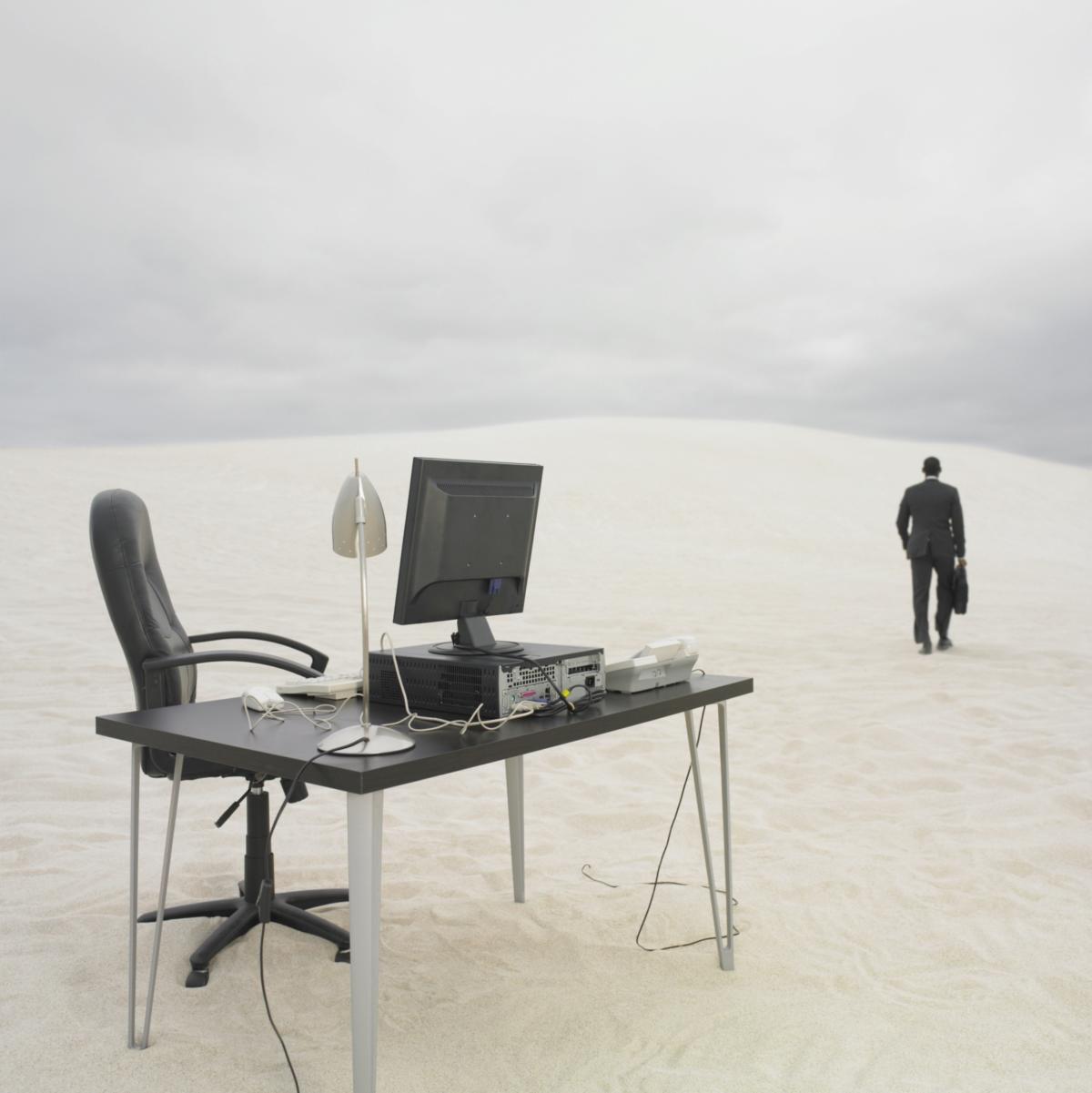In April 2021, Cisco CEO Chuck Robbins announced that all 75,000 employees would be allowed to work remotely indefinitely, even after the COVID-19 pandemic ended. The company had seen no drop in productivity by allowing employees to work from home and expected to save money by not fully staffing offices. When and how often employees should come into the office would be up to their managers, who abide by a flexible hybrid policy.
But that shift brought technology challenges most companies are by now familiar with: how do you secure networks when the employee’s home is essentially a branch office? How do you create company culture from afar? And, how do you retain employees at a time when IT talent is in historically high demand.
Cisco CIO Fletcher Previn took over as Cisco’s CIO in April 2022. Since then, his focus has primarily been on all of those issues. Prior to arriving at Cisco, Previn worked at IBM for 15 years, the last four as its CIO.
Previn wasn’t necessarily fated for work in IT. His parents — composer and conductor André Previn and actress Mia Farrow — initially pulled him toward entertainment. But Previn realized technology was his passion.
He spoke to Computerworld about the challenges he faces and the lessons he’s learned. The following are excerpts from that interview.
What are your main goals for the future of Cisco? “What was exciting about the opportunity at Cisco [were] two things: One, is I believe in the mission. If you were to remove all Cisco technology from the world it would be a very different planet. Cisco basically built the public internet and created the global village we live in — connecting everything and everyone. That’s a mission I feel passionately about, and empowering an equal future for all is part of our mission statement.
“A lot of my focus at IBM had been to lead with experience and create these highly designed, simplified experiences both for employees and customers – if you want people to build best-in-class experiences, you need to deliver best-in-class experiences because today’s best experience is tomorrow’s minimal expectation.
“I love the focus on that and really getting after the complexity in things and simplifying it…. I’m hoping to enable people to do the best work of their lives.”
What got you into IT? What do you love about it? “I’ve always been interested in technology. I got a Commodore 64 when I was like six, and then I headed down the PC route and built my own x86 clone because the IBM PC was too expensive. In 1984, my parents bought the original Mac — the 128K Mac — for the whole family when it came out. I had a lot of brothers and sisters and there was a sign-up sheet, and I’d get up 4:30 in morning to reserve time on the Mac. It was like the old mainframe days when you had to schedule your time.
“It just always captivated me that to some degree you can do anything you can imagine on this…
Article from www.computerworld.com
